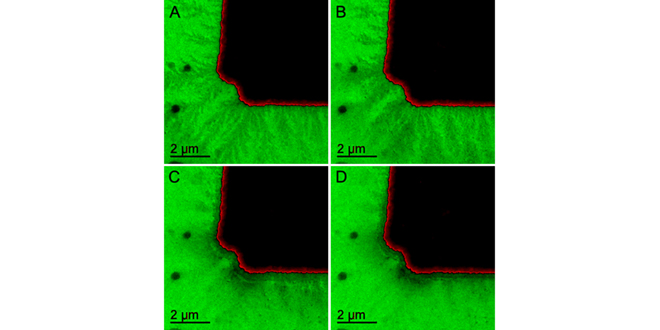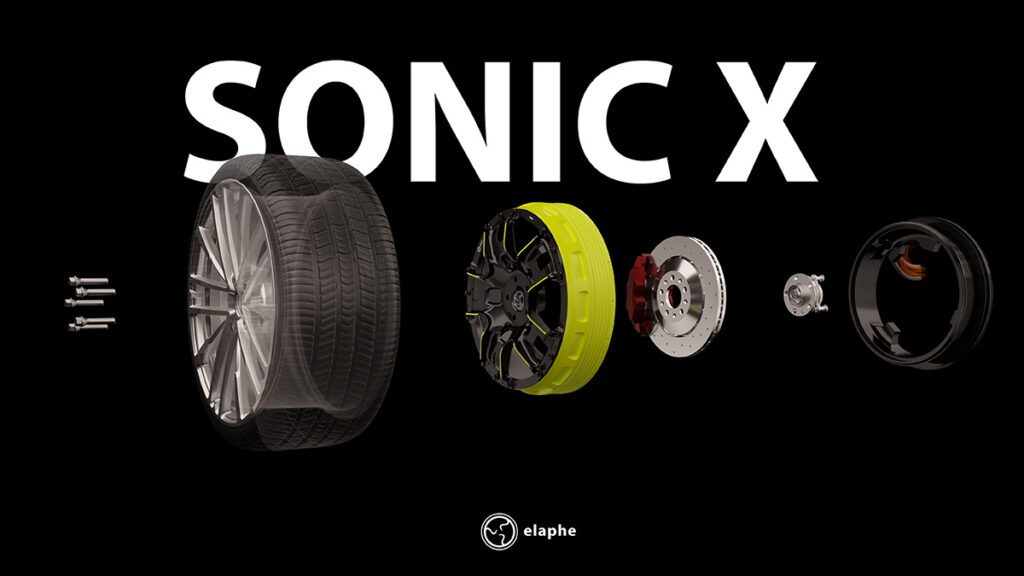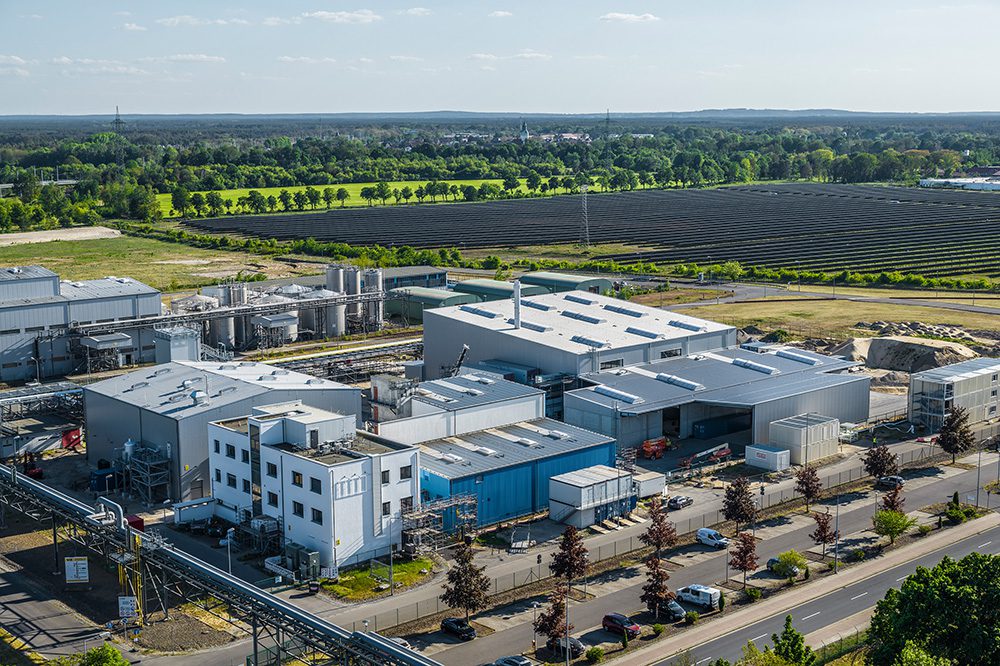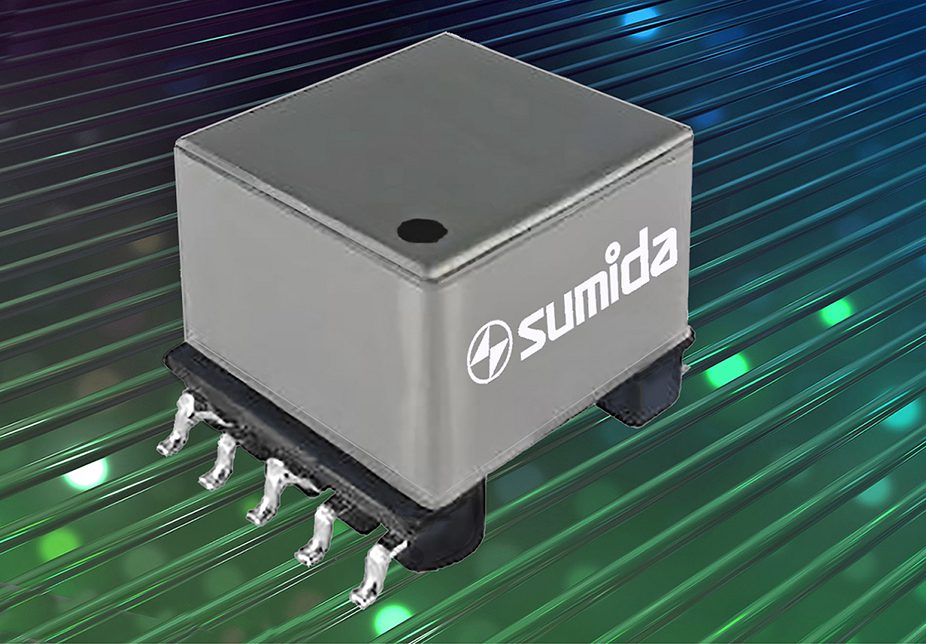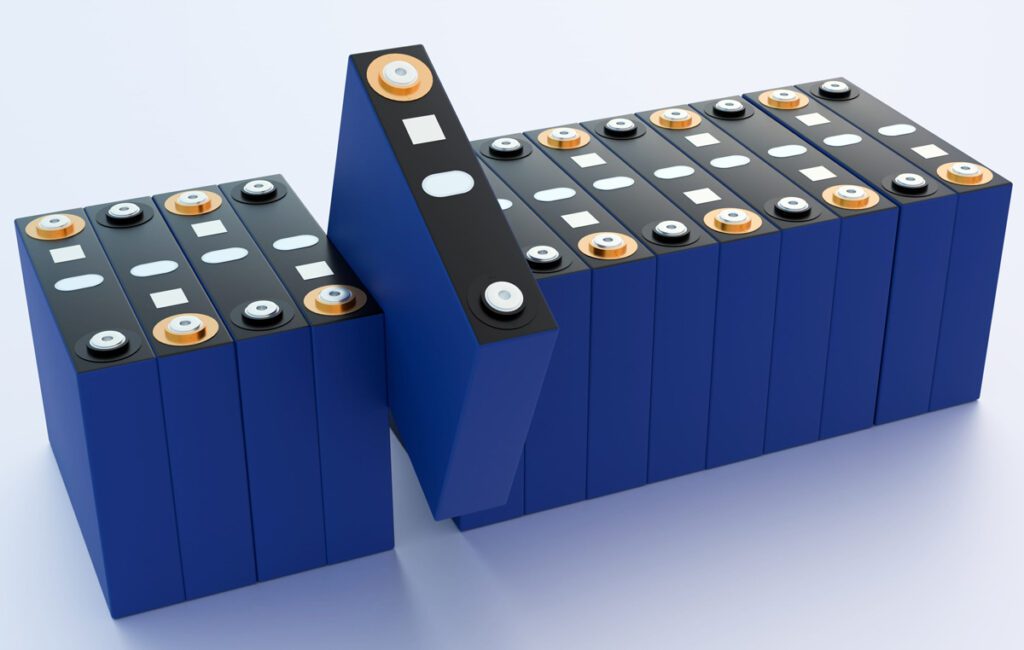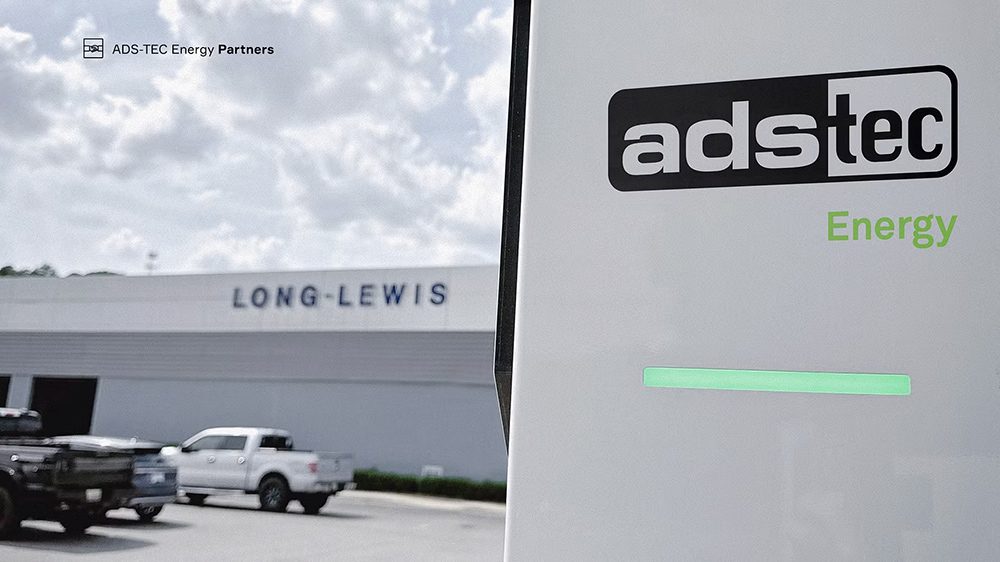You may not think about what’s going on inside the battery when you charge your EV, but the fate of the world may hang on the diminutive dramas taking place in there between the electrodes.
Researchers at the Oak Ridge National Laboratory have used a new microscopy technique to get perhaps the best glimpse yet of this tiny, fascinating world, observing electrochemical processes in batteries in real time at nanoscale resolution.
As described in a study published in Chemical Communications, the ORNL scientists are studying an enigmatic phenomenon in lithium-ion batteries called the solid electrolyte interphase, or SEI, a nanometer-scale film that forms on a battery’s negative electrode due to electrolyte decomposition. The SEI plays a key role in controlling battery functionality, but even after three decades of research, details of the SEI’s dynamics, structure and chemistry during electrochemical cycling are still debated.
Researchers typically study the SEI through “post-mortem” methods, in which a cycled battery is disassembled, dried and analyzed. This new in situ method is far superior, providing an image of the electrochemical reaction products as they form. The technique is able to image the formation of crystalline particles one billionth of a meter in size.
The ORNL researchers formed a miniature electrochemical cell by enclosing battery electrolyte between two transparent “windows,” which seal the volatile electrolyte from the microscope’s vacuum environment and allow the electron beam to pass through the liquid. To reproduce a battery charging cycle, they applied a potential at the working electrode and monitored the resulting changes in current.
“As we started to sweep the potential, we didn’t initially observe anything,” said lead author Robert Sacci. “Then we started seeing shadows – presumably polymeric SEI – forming into a dendritic pattern. It looks like a snowflake forming from the electrode.”
“Tailoring the SEI’s structure and chemistry to maximize battery capabilities appears to be a delicate balancing act,” said ORNL staff scientist Raymond Unocic. “When you cycle a real battery, the interphase structure can form, break, and reform again, depending on how thick the layer grows, so we need to look at improving its structural stability. But at the same time, we have to think about making the interphase more efficient for lithium ion transport. This study brings us one step closer to understanding SEI formation and growth.”
Source: Oak Ridge National Laboratory







